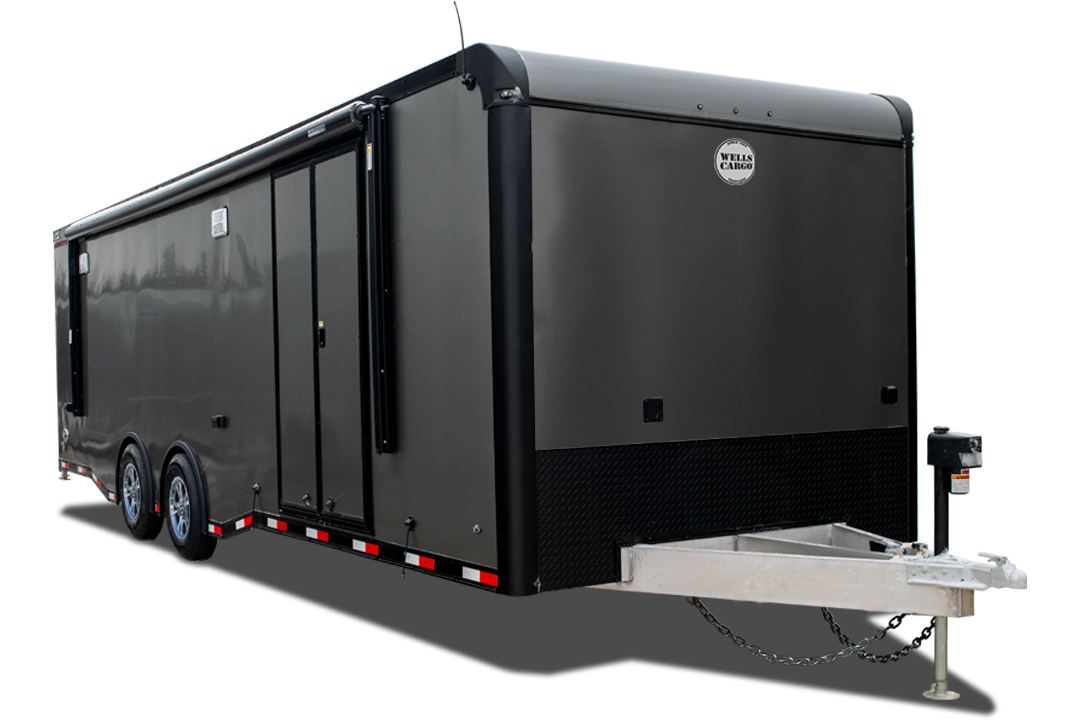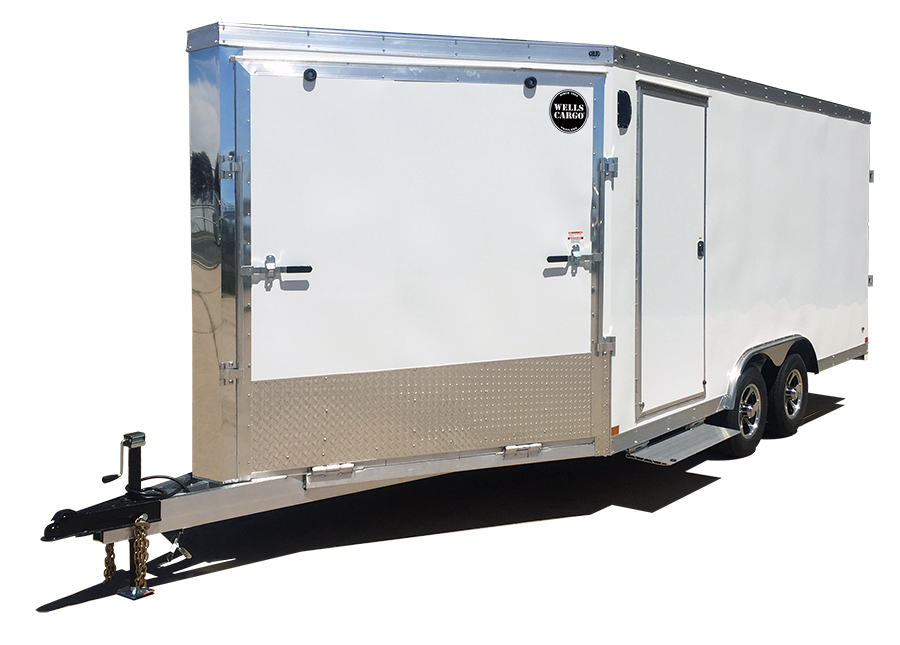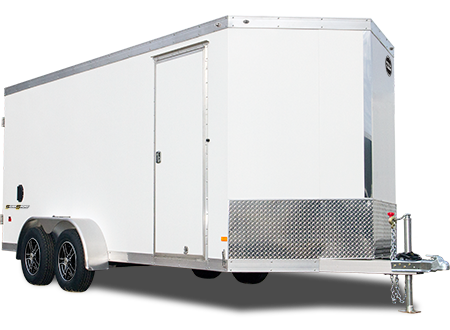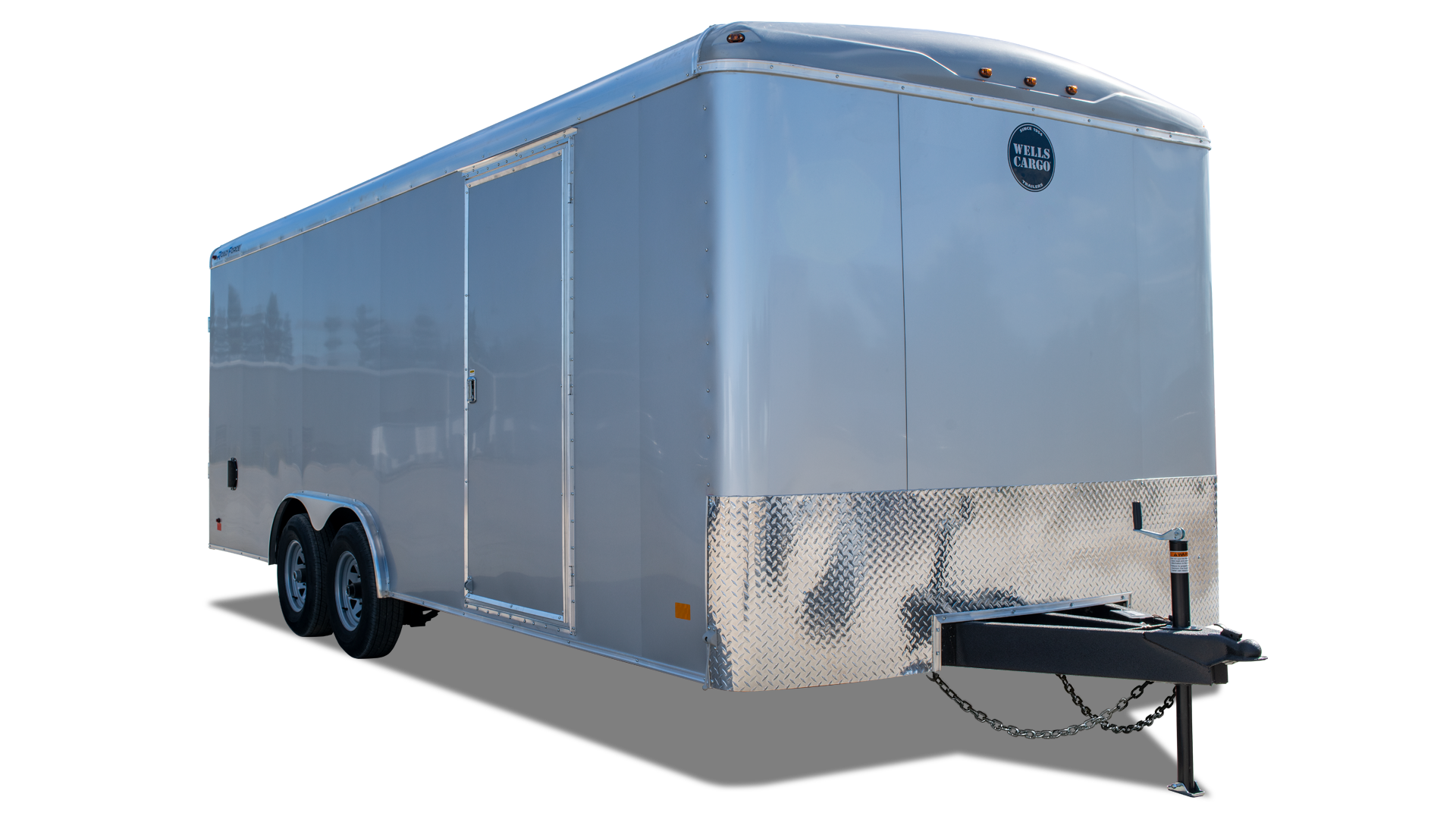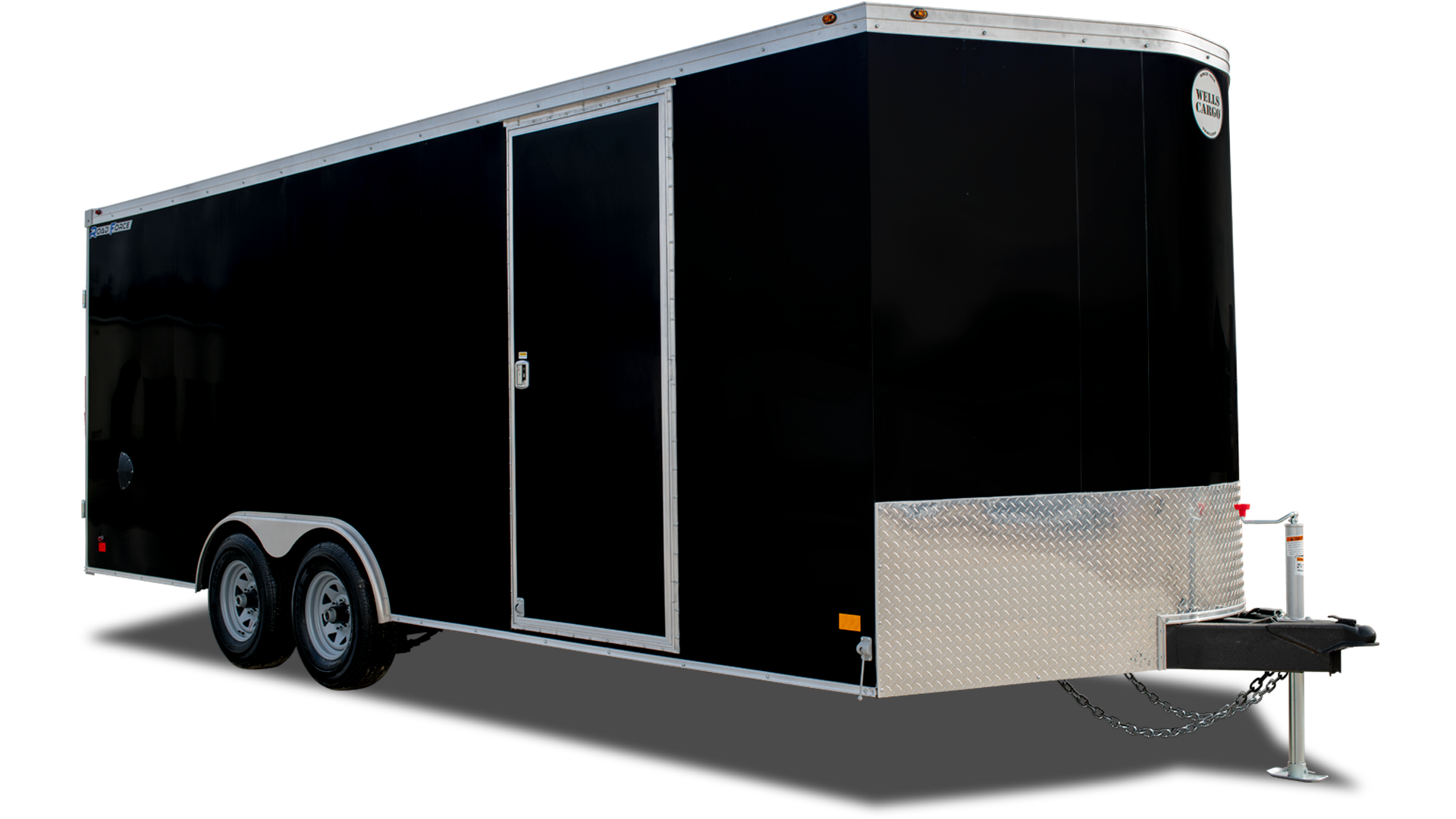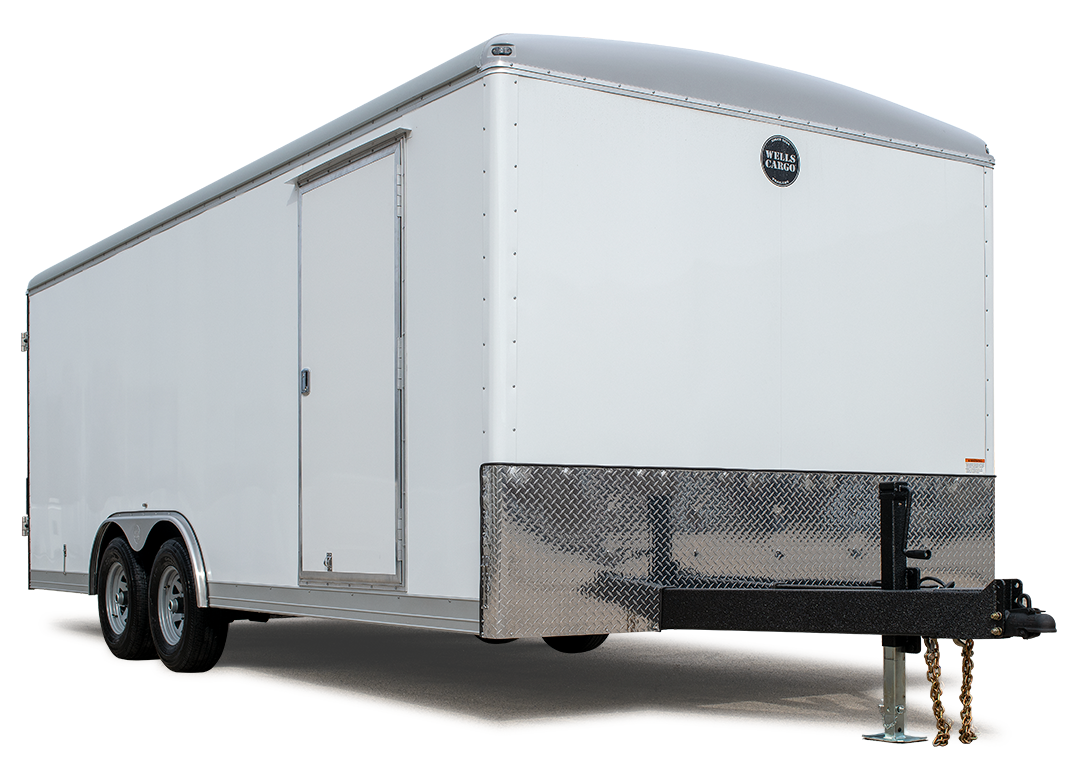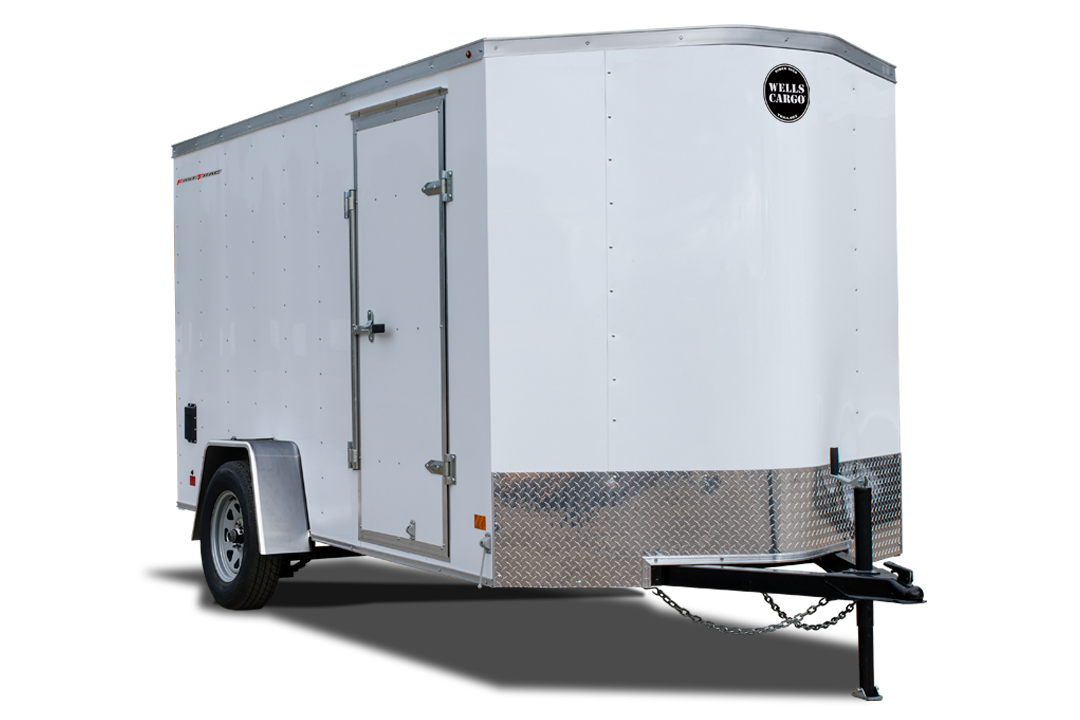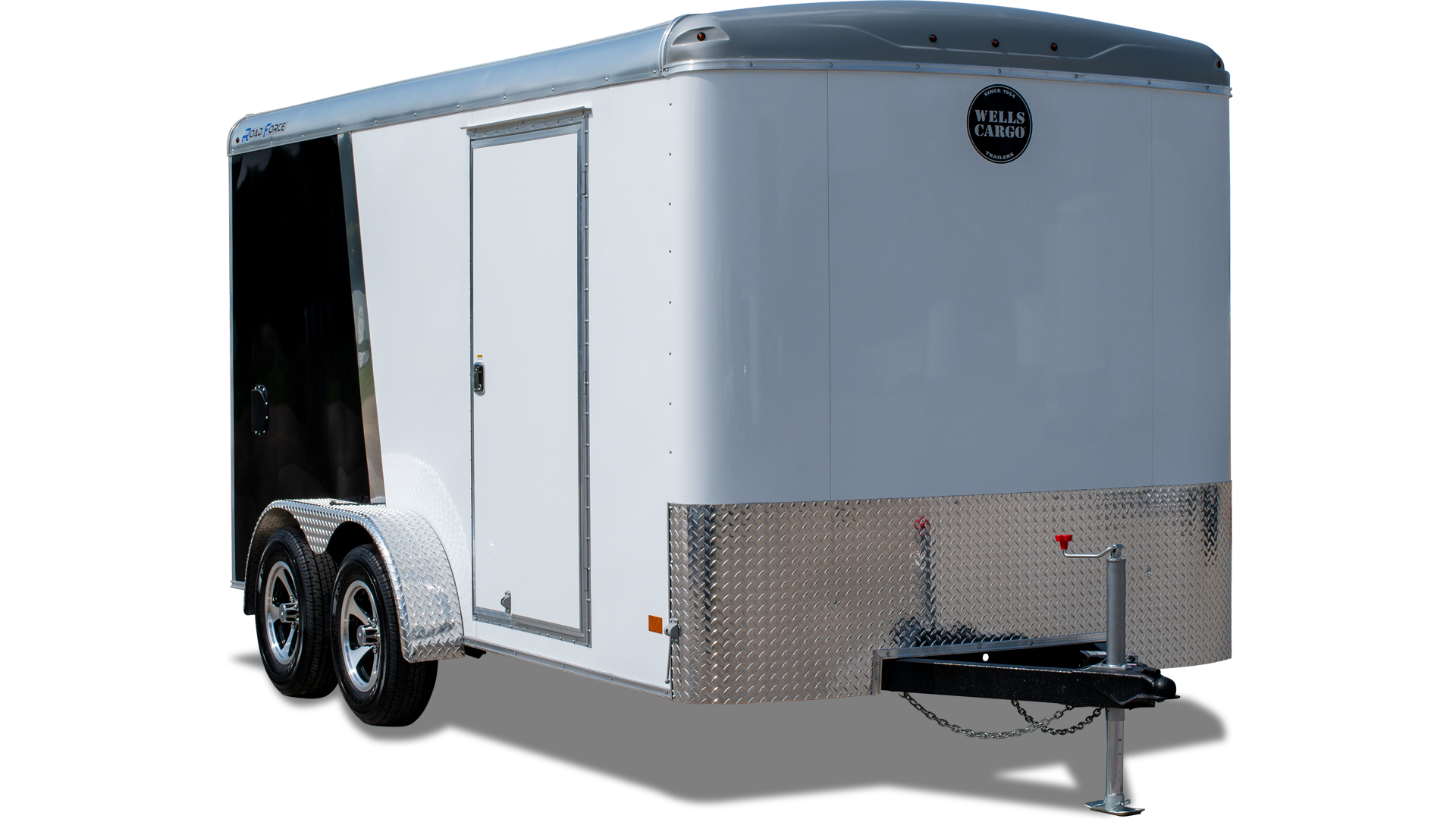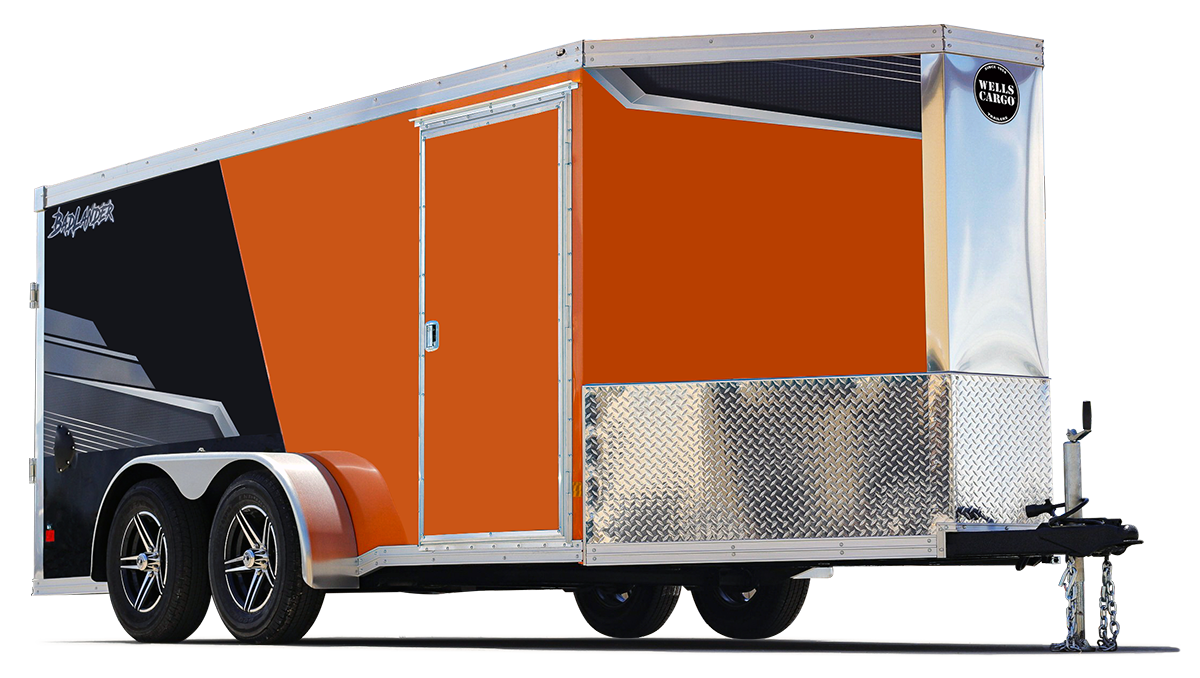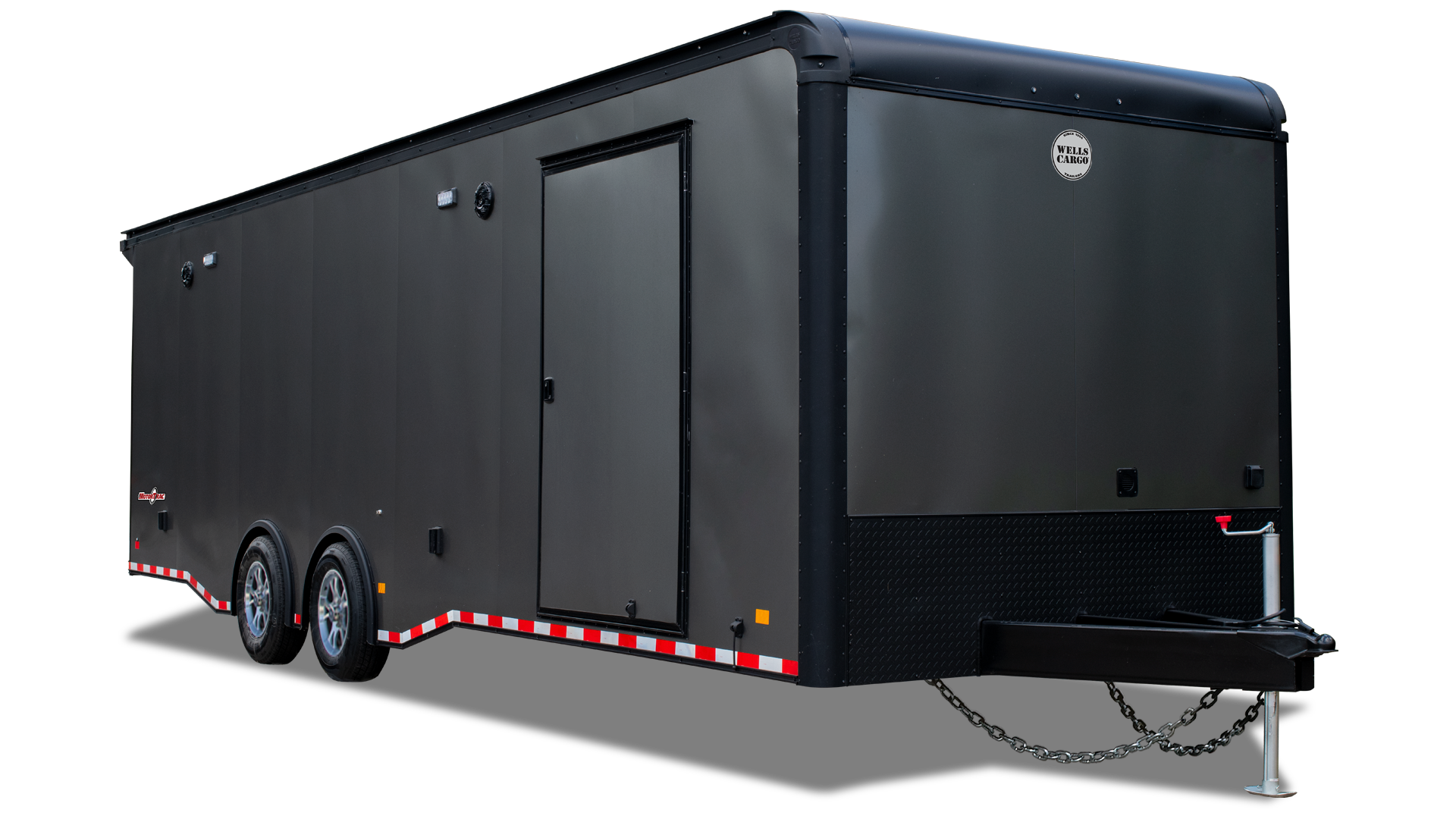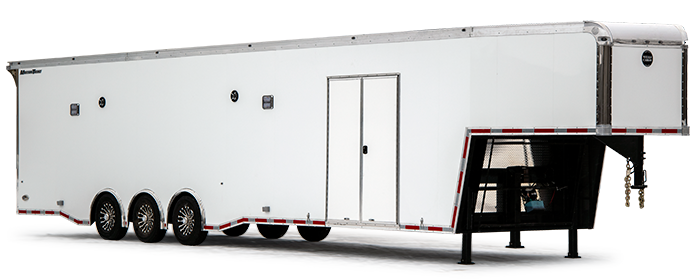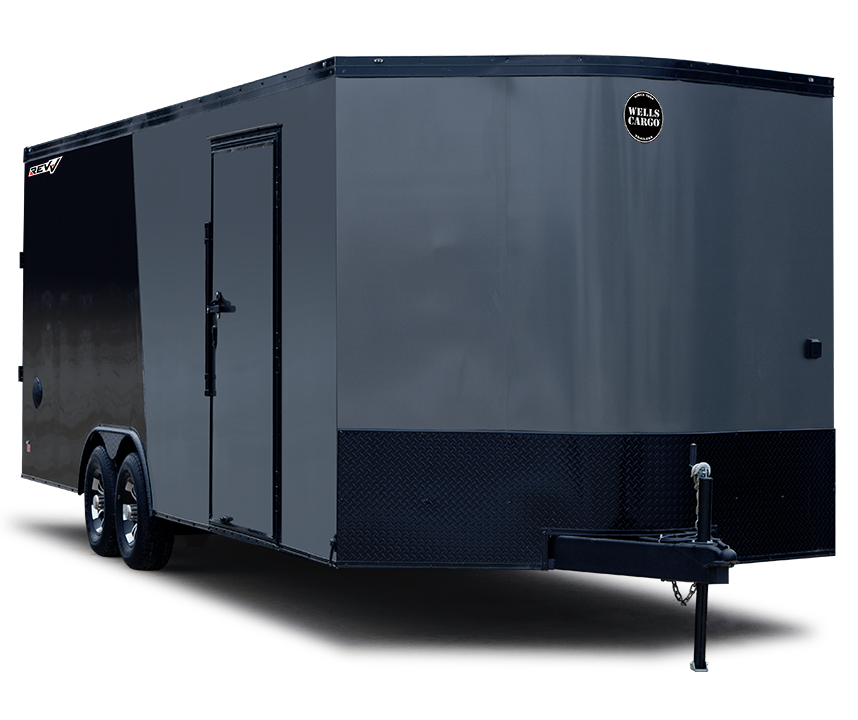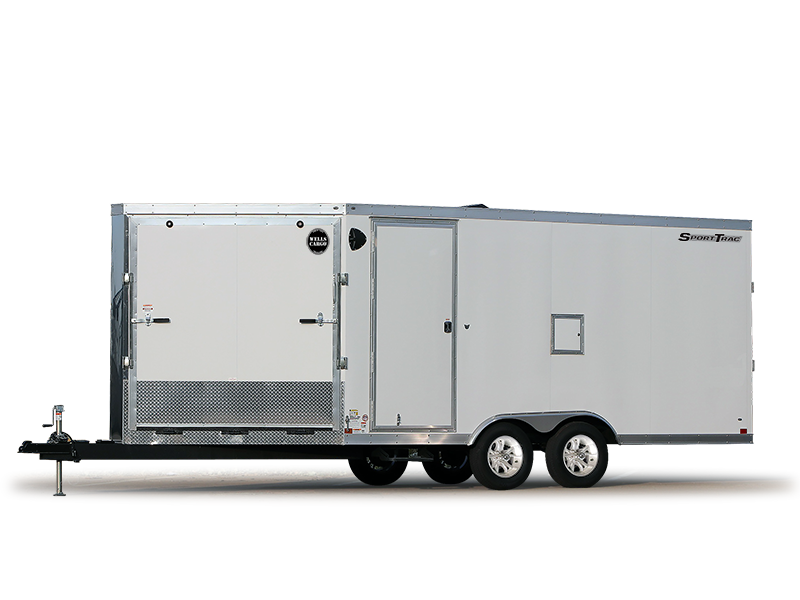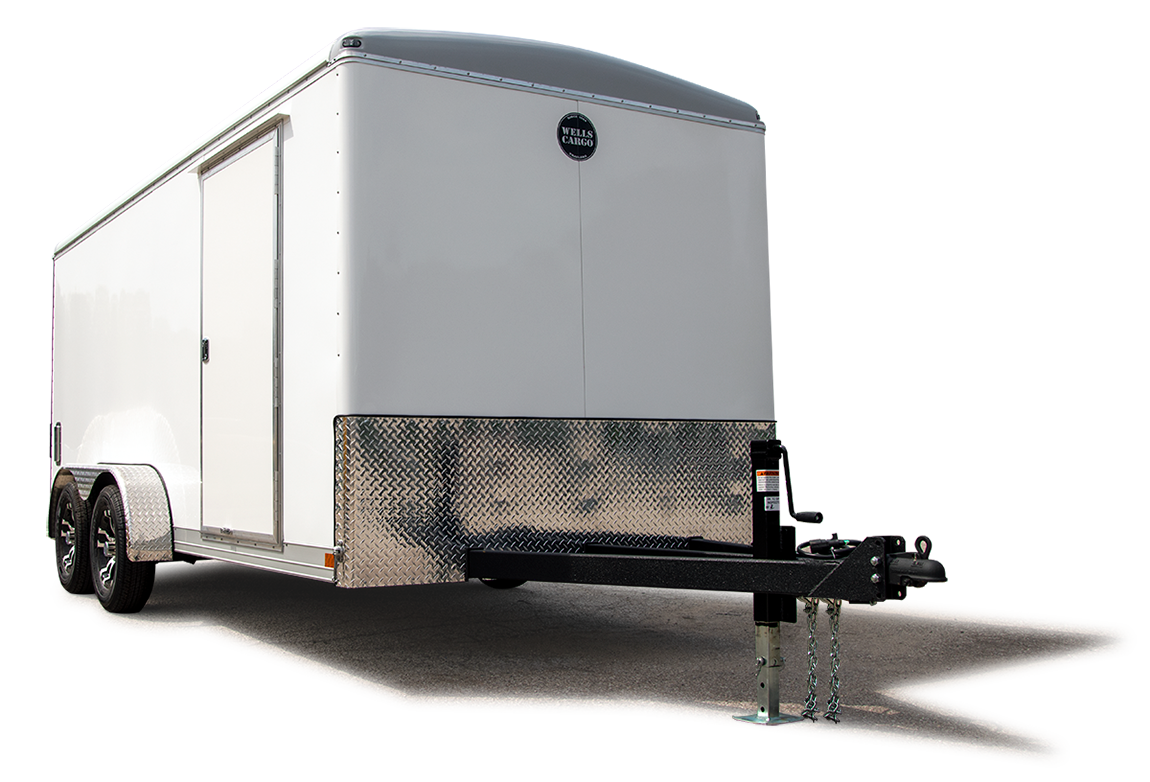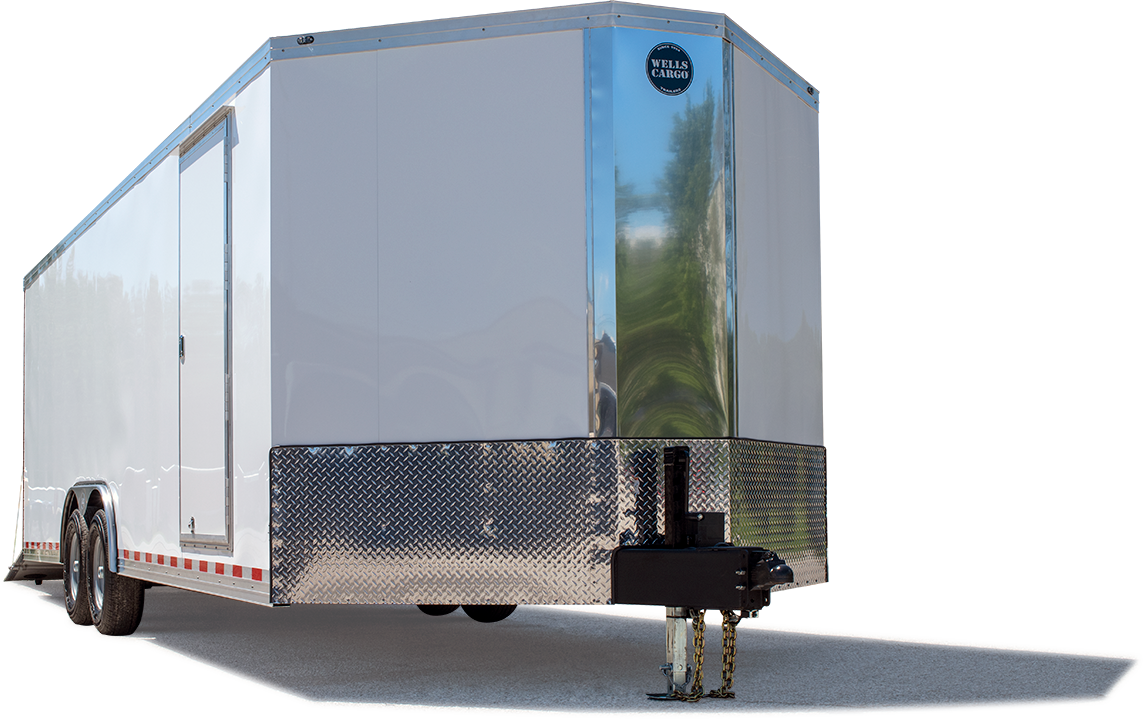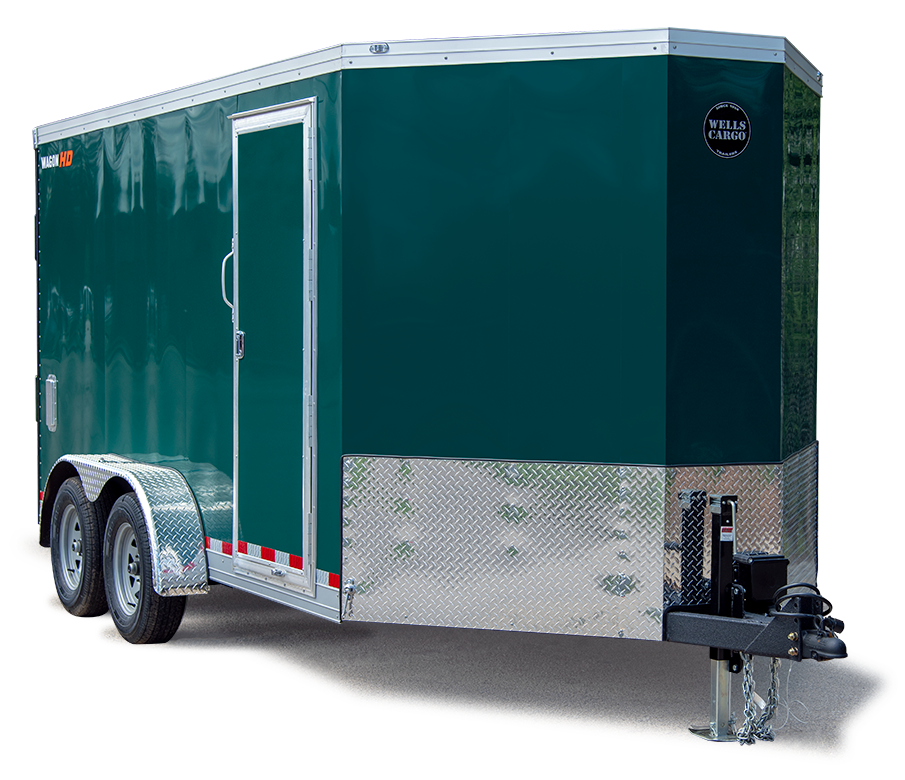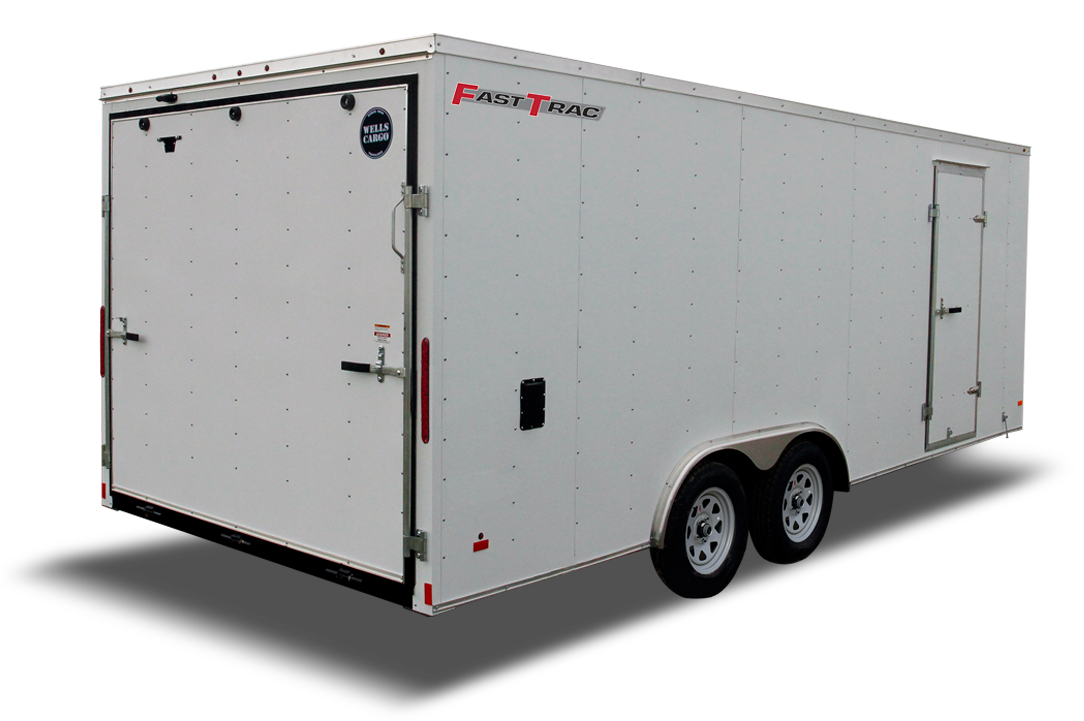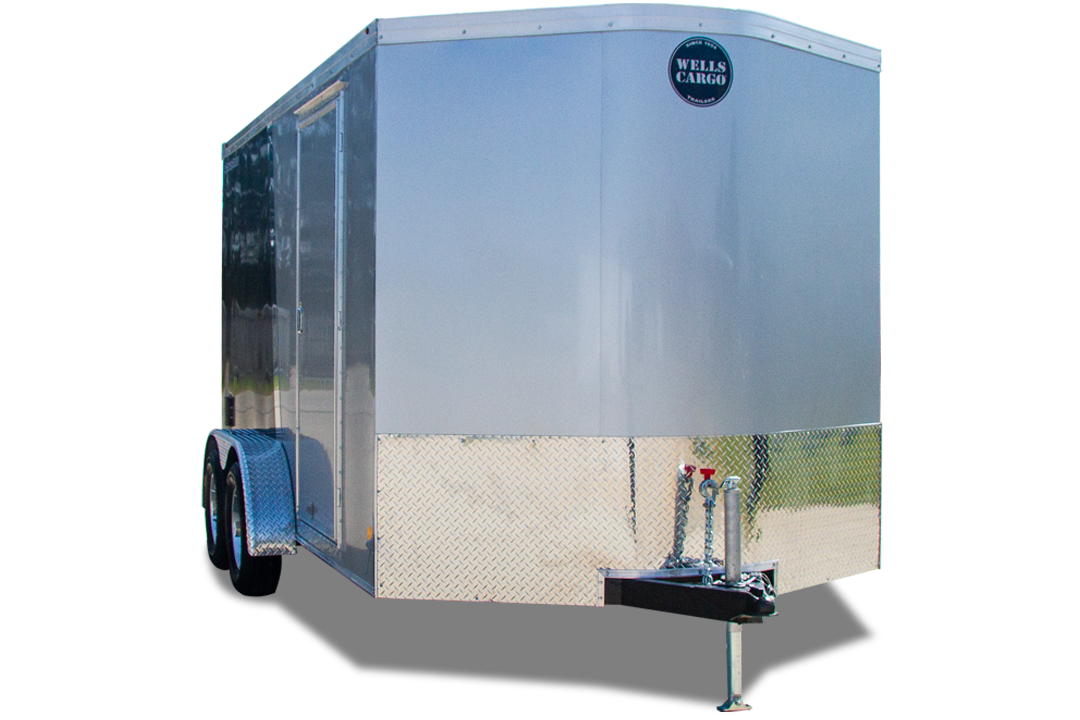Tredit Advantage Program
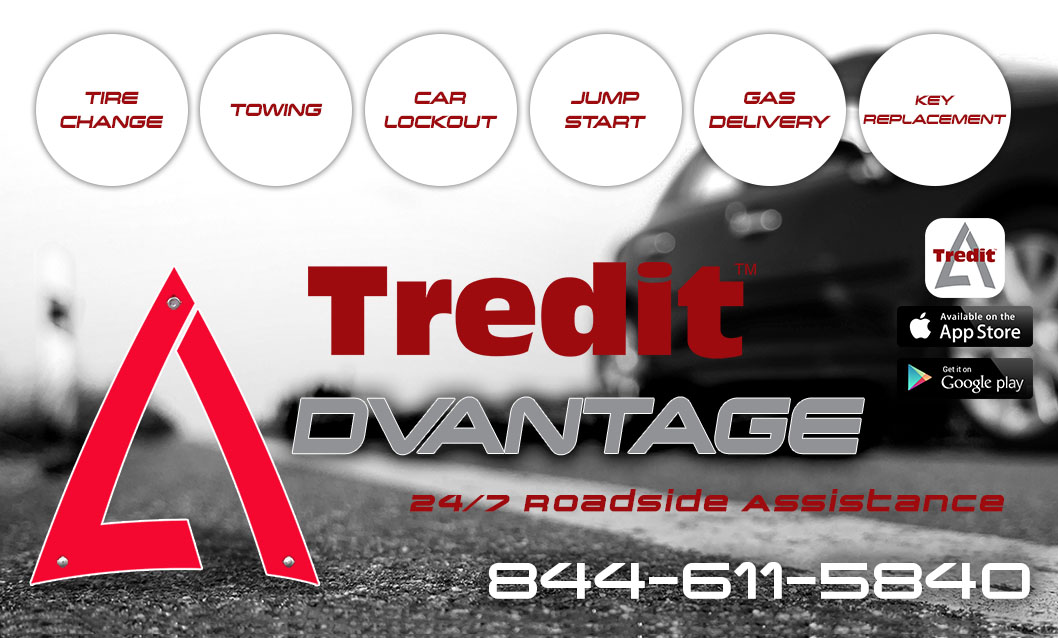

The Tredit Advantage Program powered by Urgent.ly is your nationwide, 24/7, on-demand, roadside assistance app. No membership dues, no hidden fees, no waiting on the phone. Just up-front, flat-rate pricing due only when service is complete. It's just like Uber, only for roadside assistance - AND with many of Tredit's Original Equipment partners - we may cover the cost of any event (see terms and conditions).
- With a simple tap, request assistance for a flat tire, lockout, dead battery (jump start), empty fuel tank or mechanical issue.
- We'll automatically detect your precise location and dispatch the closest tow truck.
- You'll receive confirmation that help is on the way, who is coming and a precise time of arrival.
- Should you choose, you'll be able to contact the driver directly at any time during the rescue.
- You'll pay for service via credit card only after service is complete and you are completely satisfied.
For a review of your eligibility to be reimbursed for use of the Tredit Advantage Program (TAP) during the first two years after retail purchase of your unti (up to $150.00), please send an email including your proof of retail purchase for the vehicle equipped with the qualifying TAP products along with a copy of this service receipt to This email address is being protected from spambots. You need JavaScript enabled to view it. - or call - 855-887-3348.
Safety Tips
Tow Vehicle
-
Know your tow vehicle. Do not exceed the Gross Vehicle Weight Rating (GVWR) of your tow vehicle as specified by the manufacturer.
-
Check the GVWR rating on the hitch or bumper to make sure it meets or exceeds the GVWR rating on the trailer.
-
Check hitch ball to make sure it is the same size as the trailer coupler. Also, the hitch ball should meet or exceed the GVWR of the trailer. Periodically lubricate the ball and visually check for any signs of deterioration. With excessive wear, hitch balls can come loose from the trailer coupler.
-
If you are towing with a vehicle that did not come with a factory installed towing package, make sure to install a transmission cooler and a heavy-duty turn signal switch. Your tow vehicle should have properly installed fastener points (either links or rings) for the trailer's safety chains. These fastener points are part of the equalizer hitch. If you are using a bumper or a straight frame hitch, you may need to have fastener points added to the tow vehicle.
-
Check your tow vehicle's tire pressure. When you add the hitch weight to tires that are improperly inflated, tread wear will be greatly accelerated.
-
Make sure the mirrors are wide enough to see the back corner of the trailer. Most trucks have adequate mirrors, but most automobiles will require add-on extended mirrors that can be purchased at almost any auto or RV parts supplier.
-
When you are hitched to the trailer, make sure both the tow vehicle and trailer ride level. If the hitch weight makes the tow vehicle "squat" in the rear, you will need to purchase an equalizer hitch to eliminate this problem. A tow vehicle that rides low in the rear will not steer properly and may cause damage to the rear axle, hubs, and tires from an overload situation.
-
If you are towing with an automatic transmission, you should never tow in overdrive.
Trailer
-
Know your trailer. Do not overload. Stay within your Gross Vehicle Weight Rating (GVWR) capacity. Refer to your trailer's identification plate for the GVWR.
-
Follow the axle manufacturer's recommendations for checking lug nuts on wheels.
-
If the trailer has been idle for several months, it is a good idea to grease the bearings as condensation can build up in the bearings. Regular use keeps the bearings free of moisture.
-
Check tire pressure on trailer regularly and keep inflated per the PSI listed on the sidewall of the tire.
-
Scale your trailer after it is loaded to make sure it does not exceed the GVWR. Make sure the hitch weight is between 10 and 15 percent of the trailers loaded weight. For example: A trailer that weighs 10,000 lb. loaded should have a hitch weight no less than 1,000 lb. and no more than 1,500 lb.
-
Check your coupler periodically for adequate lubrication. A dry coupler and hitch ball will cause excessive wear. This will result in coupler or component replacement.
-
Make sure you have a pin or padlock to secure the latching lever on the coupler. Without properly securing the latching lever, it could accidentally disengage allowing the coupler to jump off the ball.
-
Wells Cargo equips all their new trailers with breakaway systems that meet Department of Transportation (D.O.T.) standards. When coupling your trailer to your tow vehicle, be sure your battery is fully charged and the breakaway switch cable is secured to the tow vehicle.
-
Make sure your trailer's safety chains have a rating that meets or exceeds the GVWR of the trailer. Wells Cargo manufactures all their trailers with chains that exceed the GVWR rating of the trailer. Securely latch the chains to links (or rings) on the tow vehicle. Be sure to cross the chains before you attach them to your tow vehicle. This crossing technique creates a cradle to catch the coupler should it disengage from the tow vehicle preventing it from dragging or plowing into the road. This will enable you to stop more safely in such an emergency. Do not allow the chains to drag on the road surface because over time this will weaken the chains and lessen their effectiveness. All ball coupler hitch trailers are required to have safety chains.
-
Make sure all doors are closed and locked while in transit. Make sure all roof vents and windows are securely closed.
-
Make sure your load has been properly secured so is does not shift while you are towing.
-
Before each trip, check the operation of all lights on the tow vehicle and trailer.
-
Before each trip check the trailer's brakes and make sure they are properly adjusted for the load you are carrying. Remember . . . it takes more room (and time) to stop a heavier loaded trailer than a light one. Anticipate stops and don't tailgate.
-
Use common sense when towing a trailer. Watch your speed (maximum posted speed limit on any interstate highway is 60 mph). Make your turns a bit wider to accommodate your trailer.




